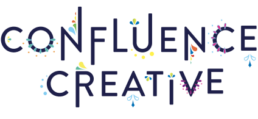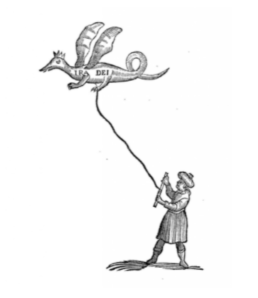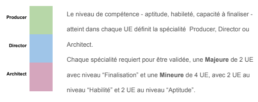The main orientations of the master
Creative Media

This Master PRO level training has been designed to meet the challenge posed by the cultural and creative industries in terms of innovation and professional integration in the digital society of the 21st century. It constitutes an original synthesis between three main currents of fields of artistic expression: Digital Art, Video Games and 3D Animation, which constantly integrate new tools and new uses in convergence in the digital world.
Our master first offers a student, entering the License level, to acquire at the end of his training an operational mastery covering the entire Creative Media pipeline, from the birth of the idea in the design phase, to the production of content with the practice of tools (AI, VR, robotics), up to the managerial phase of product distribution (management & IP).
For this, we have imagined a triple training course allowing the student to enrich his knowledge of the field, to gain skills and thus to obtain the know-how essential to his professional integration in the constantly changing world of the media. creative. Throughout their career, they will be invited to engage in a critical relationship with the culture and thinking of technology, to consider users in their complex interactions with the disruptive ecosystem of the digital society. The master offers three streams which today appear to be complementary in the world of cultural and creative industries: Director, Producer & Architect.

Summary
Upgrading of all the students of the three courses, who will have to share a common knowledge base delivered by six Teaching Units (UE 1 to 6):
- UE1- History of the media, epistemology of science
- UE2 – Interaction models
- UE3 – Digital society and digital law
- UE4 – Multimedia management and creativity
- UE5 – Procedural analysis of works
- UE6 – Artistic devices
The student as soon as he enters training, is led to choose between three courses, each built around 2 compulsory teaching units in deepening (Major) and 4 optional units (Minor).
Major Director: UE1 + UE5
UE 1: Media history, epistemology (art and science):
- M1 Aesthetics and History of Media, Level 1
- M2 Aesthetics and History of Media, Level 2
- M3 Aesthetics and History of Media, Level 3
- M4 Aesthetics and History of Media, Level 4
UE 5: Methodology and procedural analysis:
- M1 Aesthetics and History of Media, Level 1
- M2 Aesthetics and History of Media, Level 2
- M3 Aesthetics and History of Media, Level 3
- M4 Aesthetics and History of Media, Level 4
Major Producer: UE3 + UE4
Unit 3: Digital society and digital law:
- M1 Economy & Creativity
- M2 Producer essential skills
- M3 Intellectual property & copy/common-rights/lefts
- M4 Contracts in the creative media environment
UE 4: Multi-media management and creativity:
- M1 Strategic planning & Logistics
- M2 Market opportunities & process strategies
- M3 Project tracking and evaluation
- M4 Talent Management
Major architect: UE2 + UE6
UE 2: Interaction models:
- M1 Design for Games and Interactive media
- M2 Innovation devices and interactions
- M3 Building & binding
- M4 Human-Computer Interaction Research
Unit 6: Artistic devices:
- M1 Game Development & Computer Graphics
- M2 Immersive Framework & Alternative Interfaces
- M3 Procedural Thinking Algorithms and Problem Solving Software Design & Architecture
- M4 Technical Lead & Technology Intelligence; Deep Learning & Big Data


Table of typical skills according to the specialties
- Seminar : invited professionals (artists, theoreticians, engineers…). Proposed themes: social innovation and environment, health and well-being, culture and identity.
- Collective projects : bringing together the three profiles in a practical realization (in partnership with a company, an institution or a laboratory, an incubator). On the themes of the seminar.
- Transversal course : on thematic (archive, cultural heritage, innovation and ethics, the artist as anthropologist…)
Organized in cooperation with a cultural institution, the industrial or research fabric (in connection with the incubator – see component):
- Companies in the field of CCI and outside CCI
- Institutions: museum, art and culture center, heritage, education
- Research laboratories, private and public
- Course and follow-up : initiation to research, dissertation methodology, participation in the seminar, writing of a personal dissertation.
- Objective : to acquire a conceptual perspective on the work processes undertaken during the training (in particular at the time of the project) – definition of a research object.
- Assessment : defense, demonstration of critical thinking skills
[wpdm_package id=’5132′]
[wpdm_package id=’5145′]



